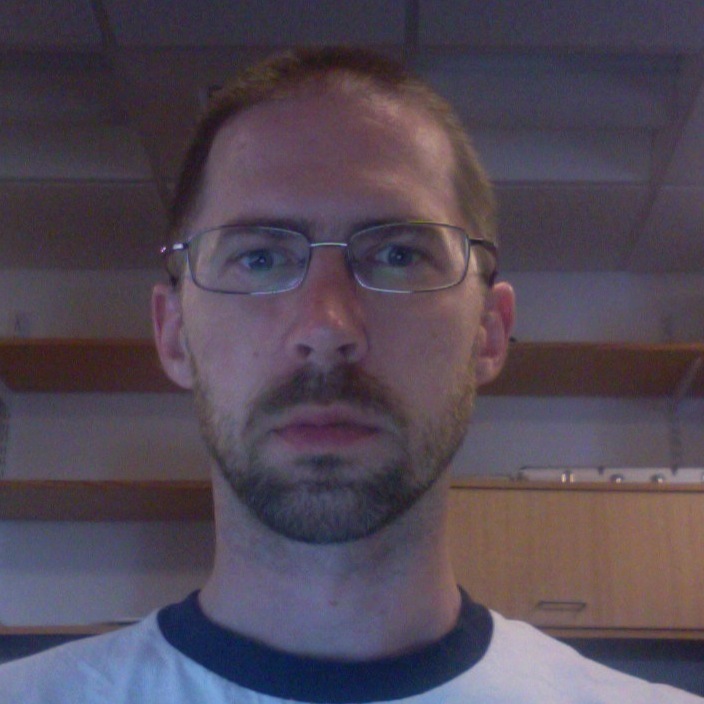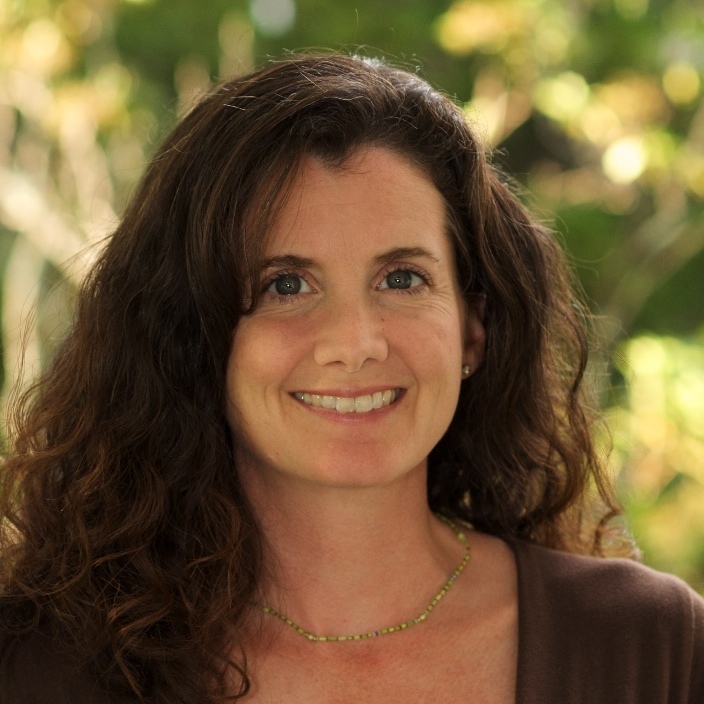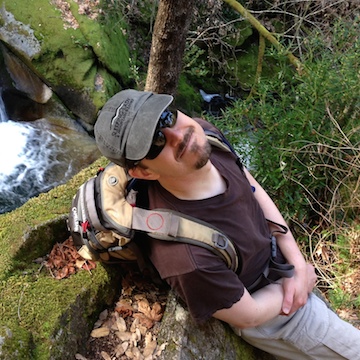Unraveling RNA
Anna Pyle
Yale University
Published July 18, 2012
As a child growing up near Sandia National Laboratory in New Mexico, surrounded by physicists and chemists, Anna Pyle had an unconventional sort of chemistry set. Among her playthings was a cube of depleted uranium (only "slightly radioactive," she says). With the language of science as much a part of her life as English, Pyle, now William Edward Gilbert Professor of Molecular, Cellular and Developmental Biology and Professor of Chemistry at Yale University, chose to study chemistry as an undergraduate.
It wasn't until graduate school at Columbia University that biology grabbed her attention. She began by studying how small molecules recognize DNA. Eventually, however, the mysteries of RNA lured her in. "I realized that RNA was so much more complex and the we didn't understand the design principles, so I set out to attack that," says Pyle.
As a post-doc, she joined the lab of Thomas Cech, who won a Nobel Prize for his insights into RNA self-splicing, a process that involves segments of RNA that snip themselves out and then stitch the remains back together.
Once on her own, Pyle zoomed in on group II introns, a type of self-splicing RNA that can mobilize to different sites on DNA. To get a handle on the structure of these ribozymes, Pyle synthesized them in the lab, iteratively tweaking them and observing biochemical changes.
Then, in 2008, her lab solved the first X-ray crystal structure of a group II intron. Out of necessity during that process, Pyle developed a novel mathematical approach to represent the RNA backbone that both reduces complexity and allows fundamental features of the structure's architecture to shine through.
Recently, Pyle used this mathematical approach to create libraries of discrete RNA conformations that can be used to build RNA structures using electron density data and, in the future, data from cryoelectron microscopy. The work was published in the Journal of Molecular Biology in March, 2012. "Our approaches are going to be useful for predicting structures and even modeling de novo, which we're working on now," she says.
In other experimental work, Pyle recently solved the crystal structure of a complex of double-stranded RNA and RIG-I, an intracellular receptor that recognizes viral RNAs and triggers an anti-viral response. She also studies viral RNA replication in hepatitis C virus. "Most of what we work on has some kind of relevance to infectious disease," says Pyle, who hopes this line of work might lead to better drugs for treatment of hepatitis C and other viruses.
As an SBGrid member, Pyle is both user and contributor of the software tools developed in her lab, such as RCrane for building RNA structures in Coot. "SBGrid is just an amazingly convenient and helpful service," she says. "But perhaps more importantly, it is also a community that enables researchers to share ideas and resources."
Since Pyle began to study RNA in 1990, the field has cracked open. "We realize now that RNAs, especially long, complicated RNAs, are extraordinarily abundant, yet we only a have a handful of crystal structures that show us the molecular details," she says. "We really have a lot of work to do."
Elizabeth Dougherty



































































































































